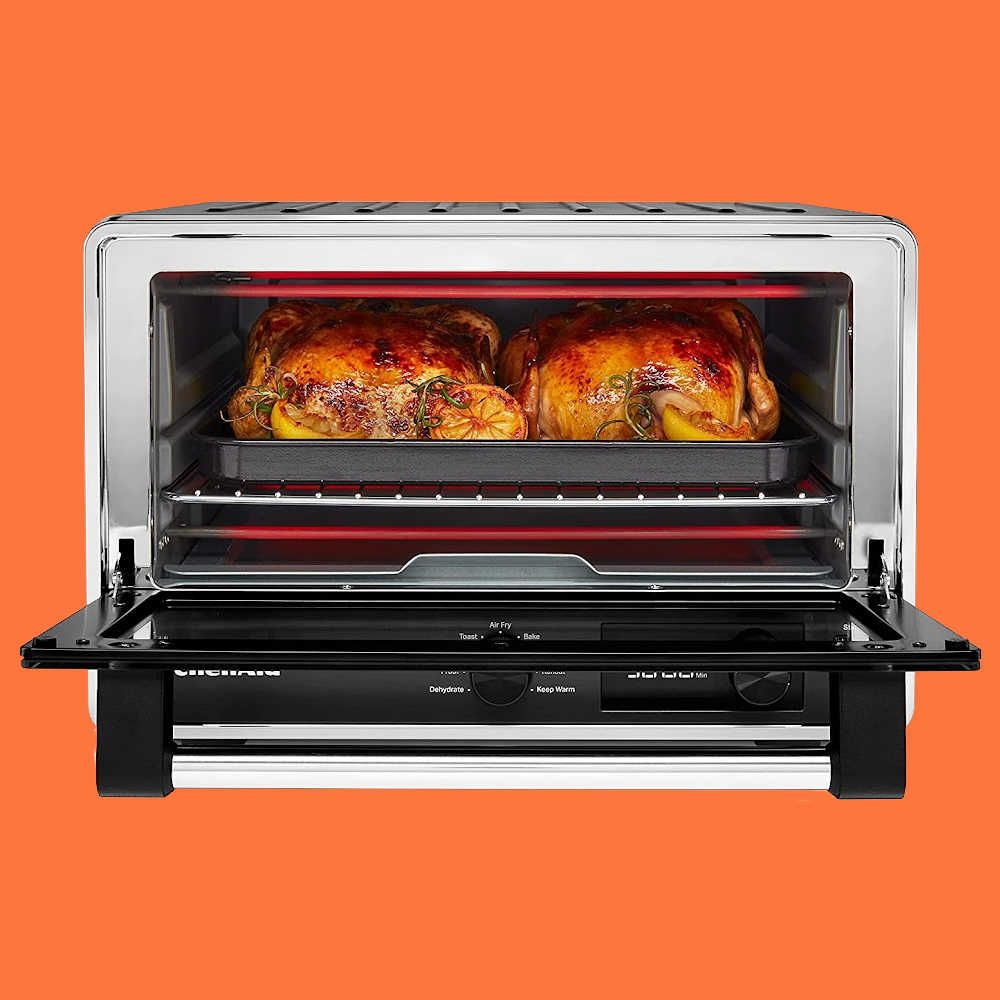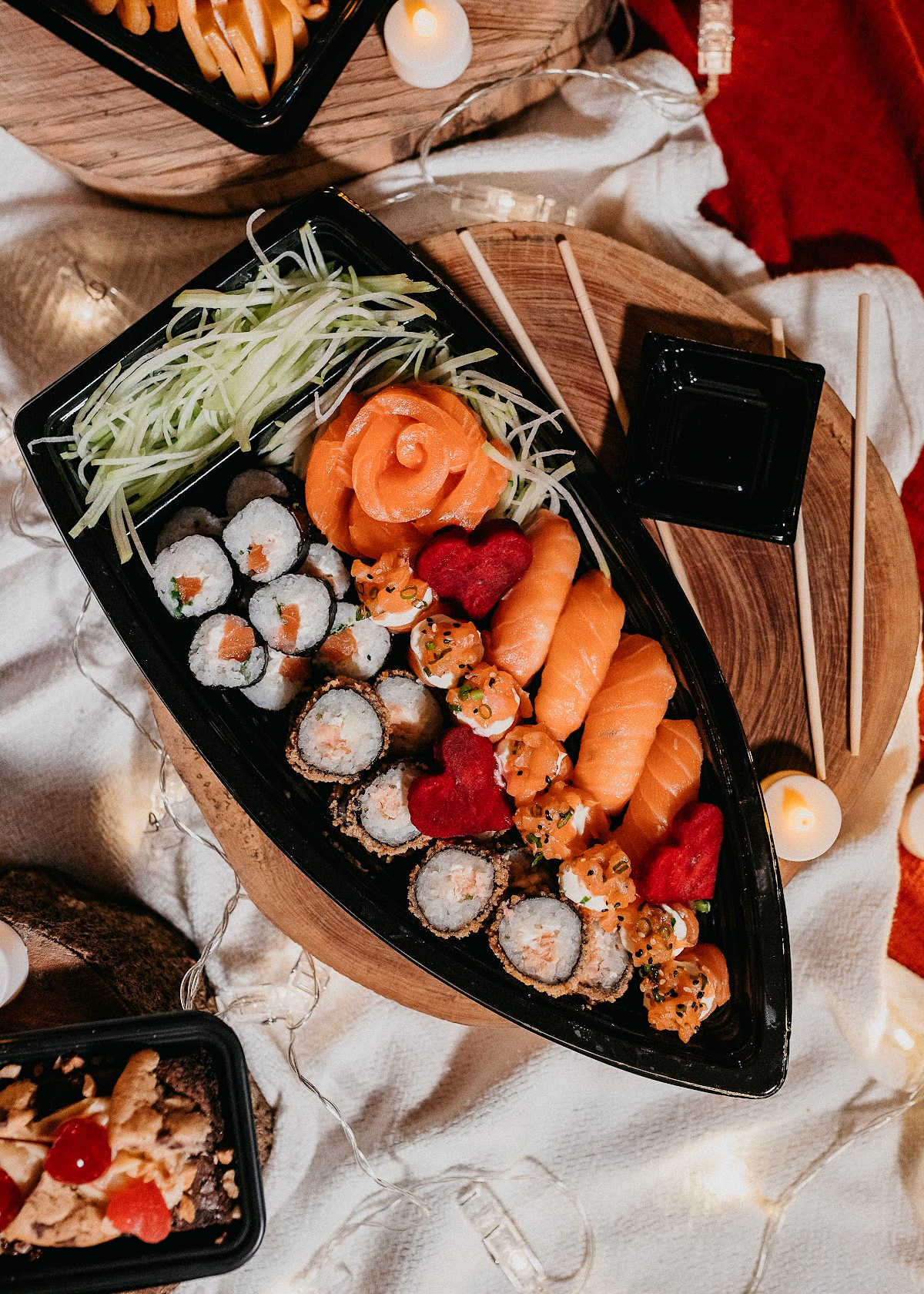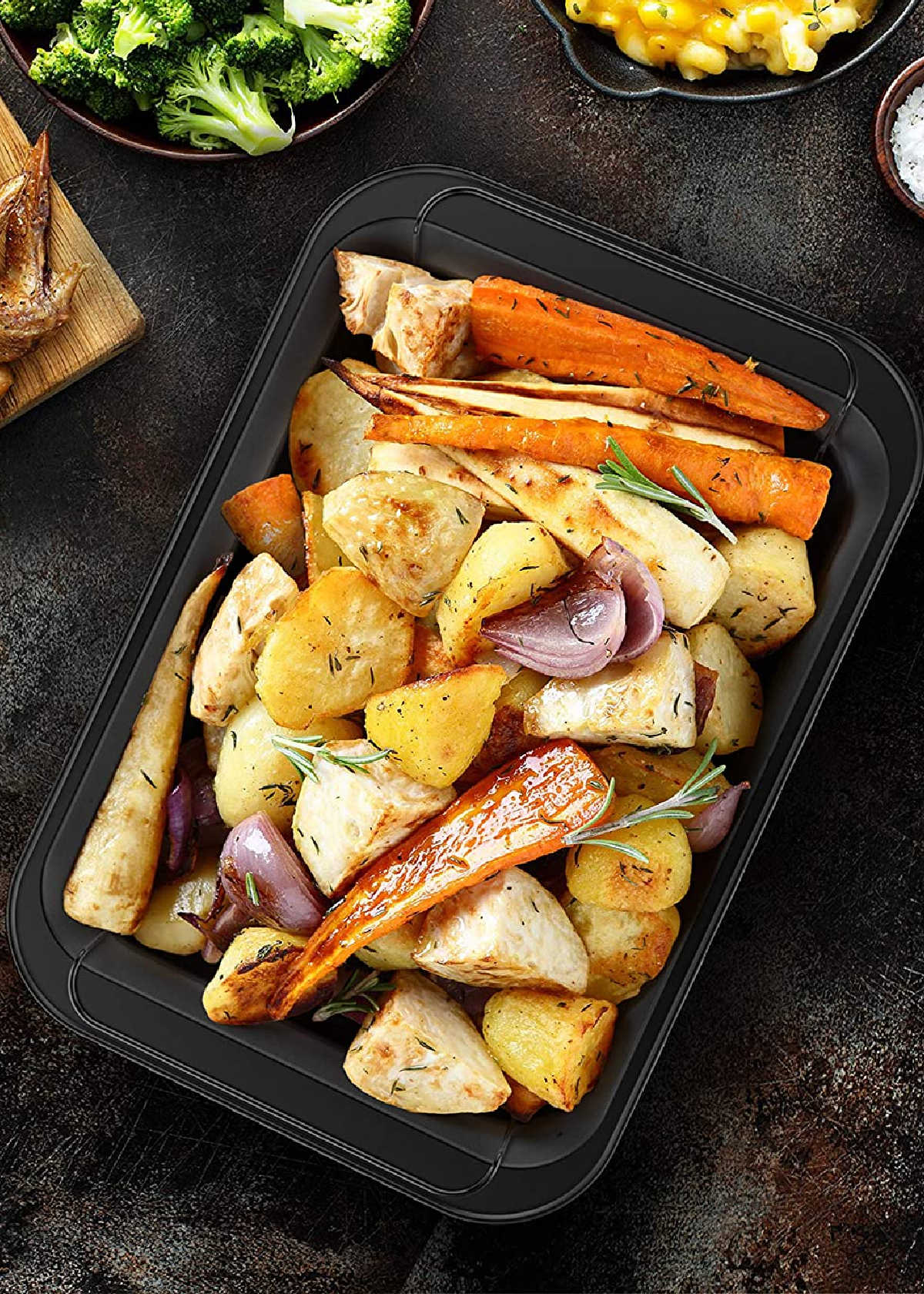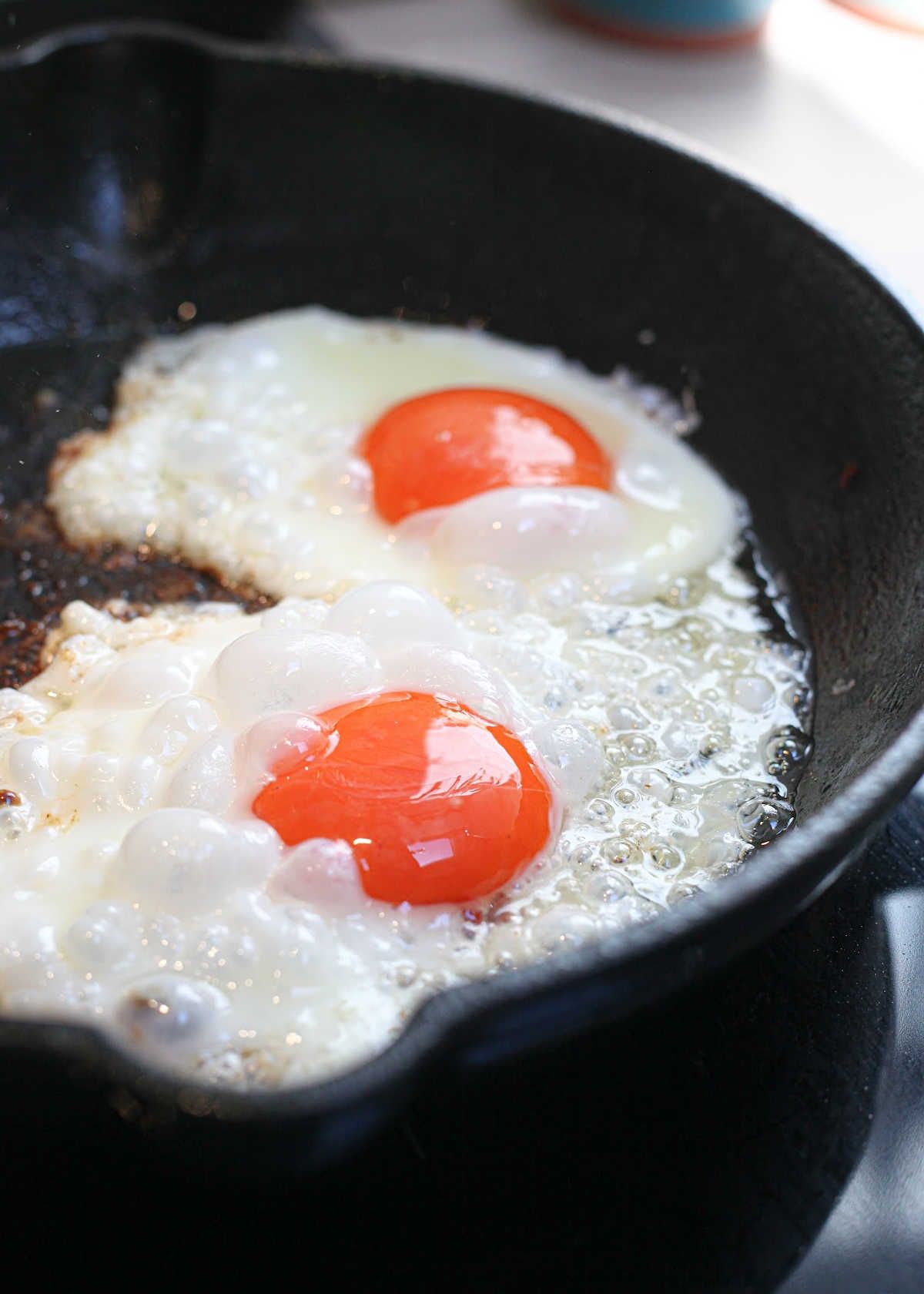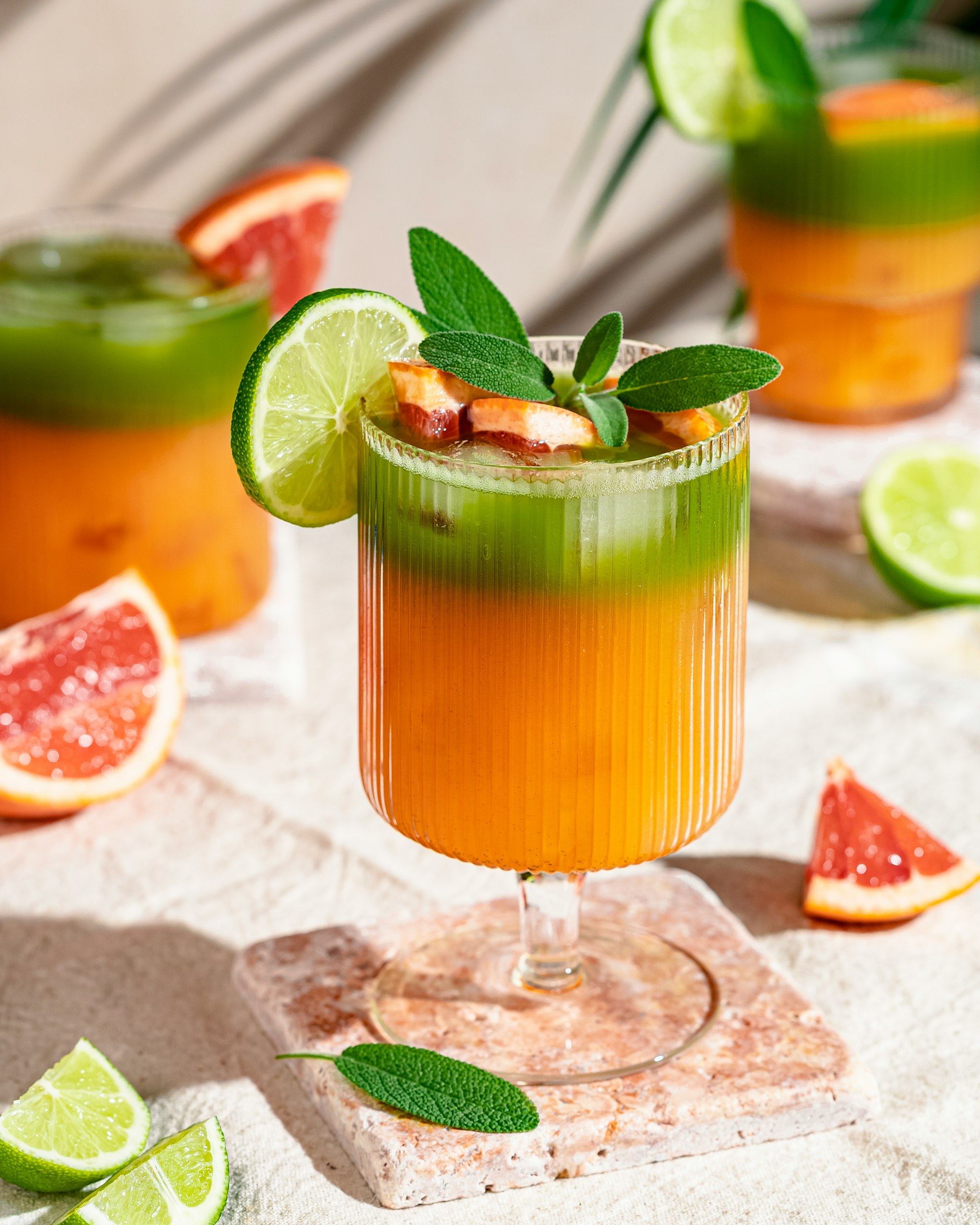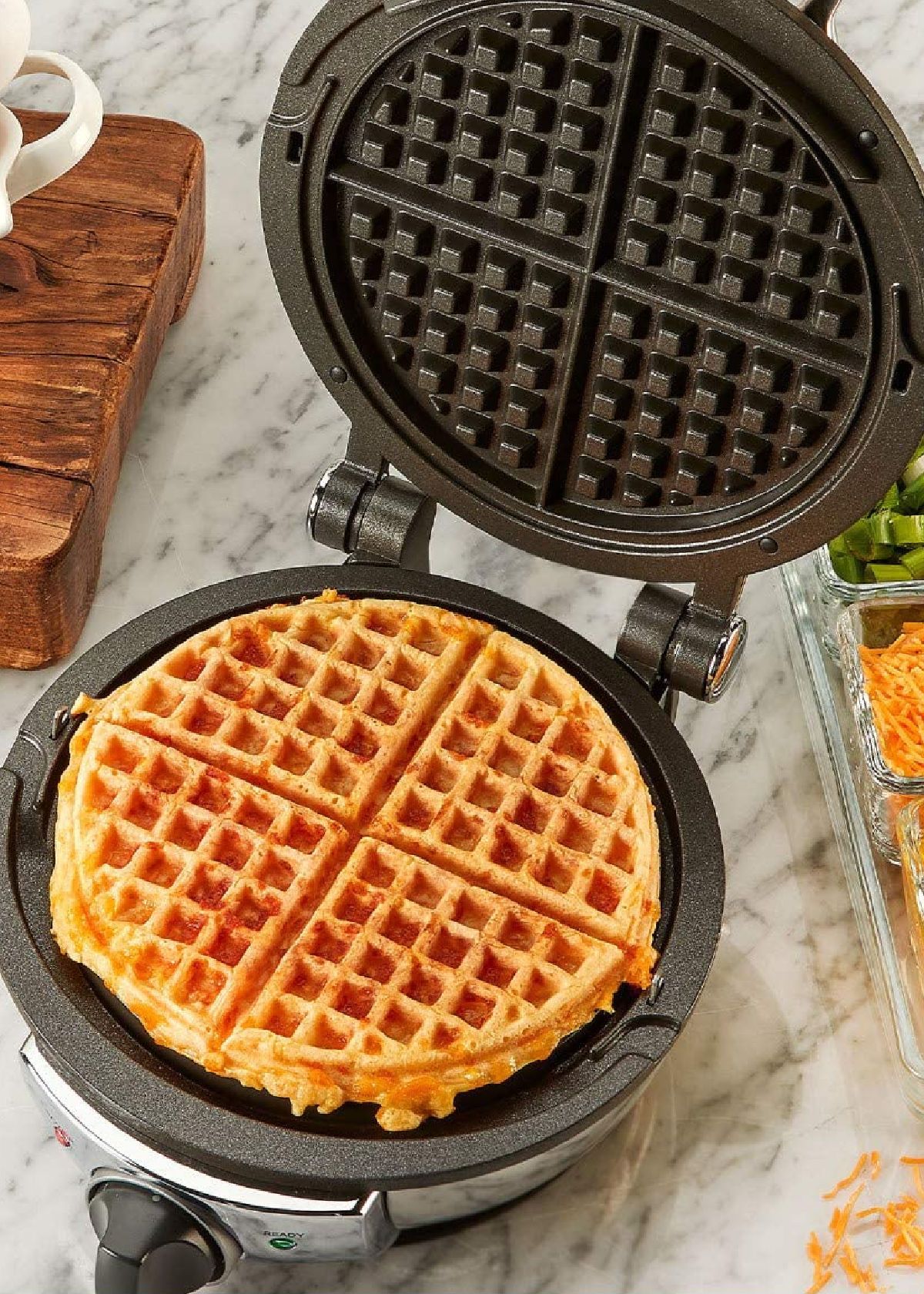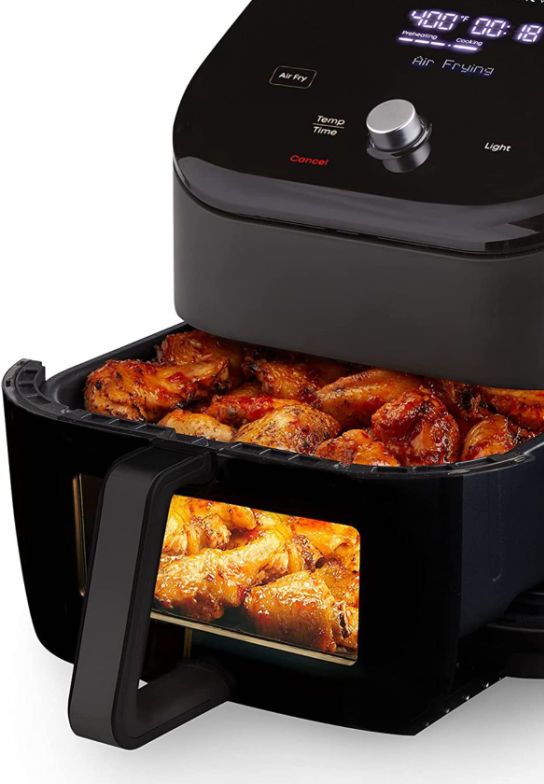Content Summary
Choosing between a countertop blender and a food processor? Both kitchen appliances perform similar functions. Although both are food processors, their distinct differences make them better suited for different food preparation tasks.
Before investing in one or the other, it’s essential to understand the pros and cons of each appliance.
In this guide, we'll go over the differences between a countertop blender and a food processor, their uses, advantages, and disadvantages to help you make an informed decision, and pick the one that best fits your lifestyle. Check further!


Food Processor vs Countertop Blender
What Are The Differences?
When it comes to picking between a countertop blender and a food processor, it's essential to know what your needs are. Both kitchen appliances offer unique advantages and can improve your cooking experience.
- Functionality: If you're looking for a kitchen appliance for making smoothies and drinks, a blender is a better option. A food processor is ideal for handling a wide range of food prep including chopping, shredding, and slicing a variety of foods. The food processor's bowl and the blender jar each have their advantages.
- Types of food: If you mostly make smoothies, juices, and soups, a blender is your best bet. If you often prep foods, make dough, dips, nut butter, or need more extensive chopping and shredding capabilities, a food processor is the better choice.
- Capacity: A food processor has a larger capacity, which makes it ideal for families, busy cooks, or to allow you to create different textures. Blenders have a smaller capacity, but are great for personal use or making small batches of drinks. Once you are familiar with both, you will know how to create your desired consistency.
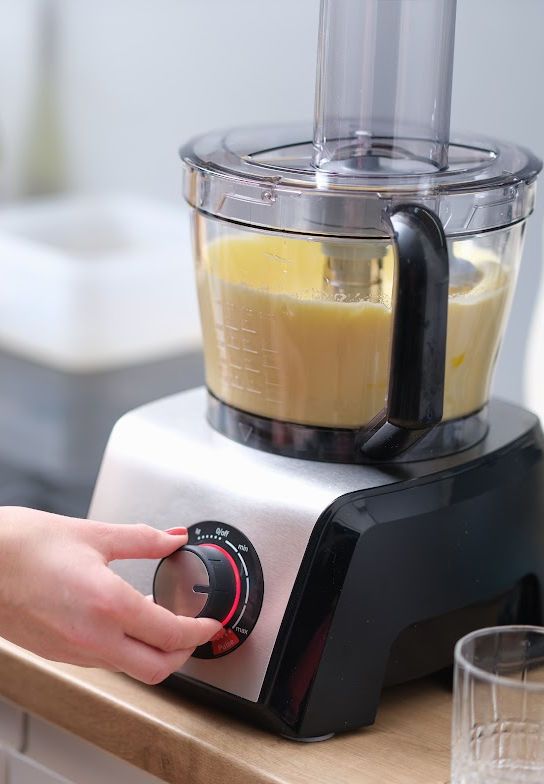
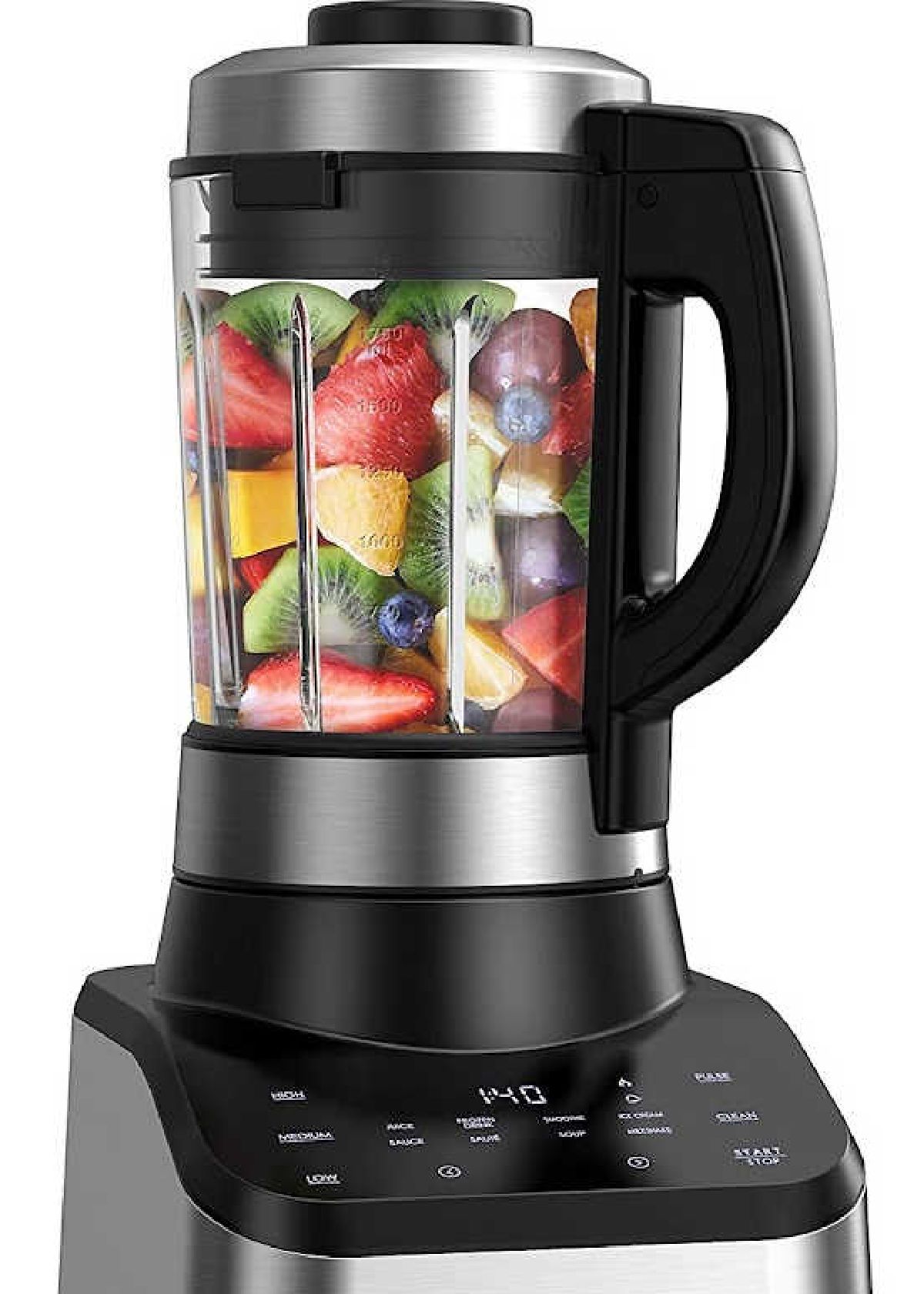
Food Processor vs Blender
1. What Is A Food Processor?
A food processor is a kitchen appliance that chops, slices, grates, grinds, shreds and purees food. It usually comes with a variety of blades and discs to perform different functions.
- It has a food processor bowl with a flat base and a series of blades and attachments to a spindle in the center.
- They can mix pastry dough, grind meat, and handle nuts and grains, making them more versatile than a blender.
- They are perfect for tasks that require precision and are ideal for shredding and chopping vegetables.
- Food processors can be used to make purees, nut butter, hummus, dips, and other dried foods.
- They come in different models, such as manual, glass-jar, stainless-steel, specialized for dough, and commercial-grade options.




Making Dough In A Food Processor
2. What Is A Countertop Blender?
A standing blender is a kitchen appliance that uses a rotating blade to blend, puree, or mix food. It is designed with a spinning blade that is positioned at the bottom of a container.
- Their design features a tall, cylindrical pitcher that makes them ideal for blending liquids.
- They are perfect for quickly blending ingredients to create a smooth and even consistency.
- They come in different models, such as personal, specialized, blender & food processor combo, and commercial-grade options.
- Blenders can be used to make smoothies and cocktails, liquid-based foods like sauces and soups, and blend frozen drinks.




Making Smoothie In A Blender
Food Processor: Pros & Cons
1. Pros:
- More versatile and can handle a wide range of tasks
- Can chop, slice, grate, shred, and puree foods with ease
- Can process dry ingredients like nuts and dough
- Perfect for tasks that require precision
- Large capacity
2. Cons:
- Not suitable for liquid-based foods
- Can't crush ice or frozen fruits
- Bulky, takes up a lot of counter space
- Not as silky smooth as a blender
- Difficult to clean due to different components
- More expensive than a blender


Making Dough In A Food Processor
Countertop Blender: Pros & Cons
1. Pros:
- Quick and easy to use
- Indispensable for making smoothies and milkshakes
- Able to crush ice and handle frozen fruit
- Can blend hot liquids and other liquid-based foods
- Easy to clean and operate
2. Cons:
- Limited capacity
- Not as versatile as a food processor
- Not suitable for chopping, slicing, or shredding foods
- Struggles with thicker and tougher foods
- Can't handle dry ingredients like nuts or dough
- Can be noisy when in use


Making Smoothie In A Blender
Food Processors & Blenders FAQs
Here are some frequently asked questions to help you with more insights:
Can I blend soup in a food processor?
Food processors are not designed to blend liquid-based ingredients. They are designed to deal with solid ingredients. A countertop blender or an immersion blender is the better choice if you want to make soups and other liquid-based foods.
Can you put boiling water in a food processor?
It is not recommended to put boiling water in a food processor. The sudden temperature change can damage the appliance and pose a safety hazard.
Can you use a food processor to make drinks?
Food processors are not designed to make drinks. A countertop blender is the best appliance for making smoothies and other liquid-based beverages. Powerful blenders have no issue with crushing ice.
Can you blend chicken in a food processor?
You can blend chicken in a food processor. Make sure to cut the chicken into small pieces before blending and blend in small batches to avoid clogging the appliance and overworking the motor.
Can I use food processor to mince meat?
You can use a food processor to mince meat. Add the small pieces of meat in small batches and use a proper setting for meat mincing in the processor until you get the desired consistency.
Can I dice food in a food processor?
You can dice food in a food processor. Depending on your model, you may be able to use interchangeable blades and discs that are designed for dicing. Make sure to cut the food into small pieces before processing and pulse in short bursts to avoid overworking the motor.
Can I shred cheese in a food processor?
You can use a food processor to shred cheese. Place the cheese in small pieces in the processor and use the grating attachment or a shredding disc that comes with the processor. Make sure to pulse in short bursts and avoid overworking the motor.
Should I use a food processor or blender to chop nuts?
Both blenders and food processors can chop nuts. Choose the right food processor attachment: the chopping blade. The blender blades ought to be fit for the job. Make sure to pulse in short bursts, as overworking the motor may cause damage to the appliance.
Can a food processor cut fries?
You can use a food processor to cut fries. Depending on your model, you may be able to use interchangeable blades and discs that are designed for slicing. Make sure to cut the potatoes into small pieces before processing and pulse in short bursts to avoid overworking the motor.
Can you mince vegetables in a food processor?
You can mince vegetables in a food processor. Due to its sharp chopping blades and powerful motor, a food processor is well-suited for finely chopping vegetables.
However, if you need an even finer texture for something like a pesto sauce, you may want to use a blender instead. For making small batches (sauce, baby food), a handheld immersion blenders might even be better.
Can I chop vegetables in a blender?
Blenders are not designed to cut or chop vegetables. A food processor is the better choice if you want to chop, slice, and shred vegetables.
Tips & Tricks
What not to do with a food processor?
- Making doughs and batters - Most food processors are fit for kneading dough. You need to check the instructions carefully to make sure your food processor can knead the dough. You don't want to overwork the motor.
- Blending water-based food and drinks - Food processors aren't powerful enough to produce a perfectly smooth texture and the blades don't move quickly enough as the blenders. Besides, there is a considerable risk to spill water-based food and drinks if the food processor works at its fastest speed.
- Grinding hard items - Although some food processors are strong enough to grind coffee beans and large nuts without causing damage to their motor, a powerful blender can do the same.
- Making juices - The mechanism of a food processor isn't designed to extract the juice from fruits and vegetables. Juicers do a better job on this.
- Boiling water or hot liquids - Food processors are not designed to heat let alone, boil liquids. Attempting to do so can cause damage to the motor.
- Whipping cream - A food processor may not be powerful enough to whip cream and may end up curdling it instead. Stand or hand mixers, or even immersion blenders with a whisk attachment will do a better job on this.
(However, for garden parties where we prepared large bowls of strawberries, I have whipped large amounts of cream using a powerful food processor (with its whisk), and it did the job very well.)
Blenders vs. Food Processors: What's the Difference? | Quench Essentials
Whether you're a smoothie enthusiast, a meal prepper, or a frequent host, a blender or a food processor - or, both! - will help you elevate your cooking and as a result, your dishes. Pick the option that fits your lifestyle and cooking needs.


Understand your cooking style, the features you want, and the price range you're comfortable with, and you'll be able to choose the right appliance for your cooking tasks.
Happy cooking!
Catchy Finds




